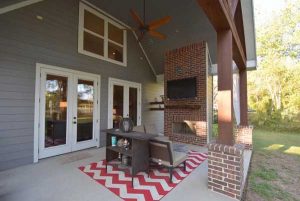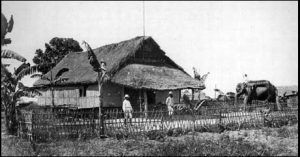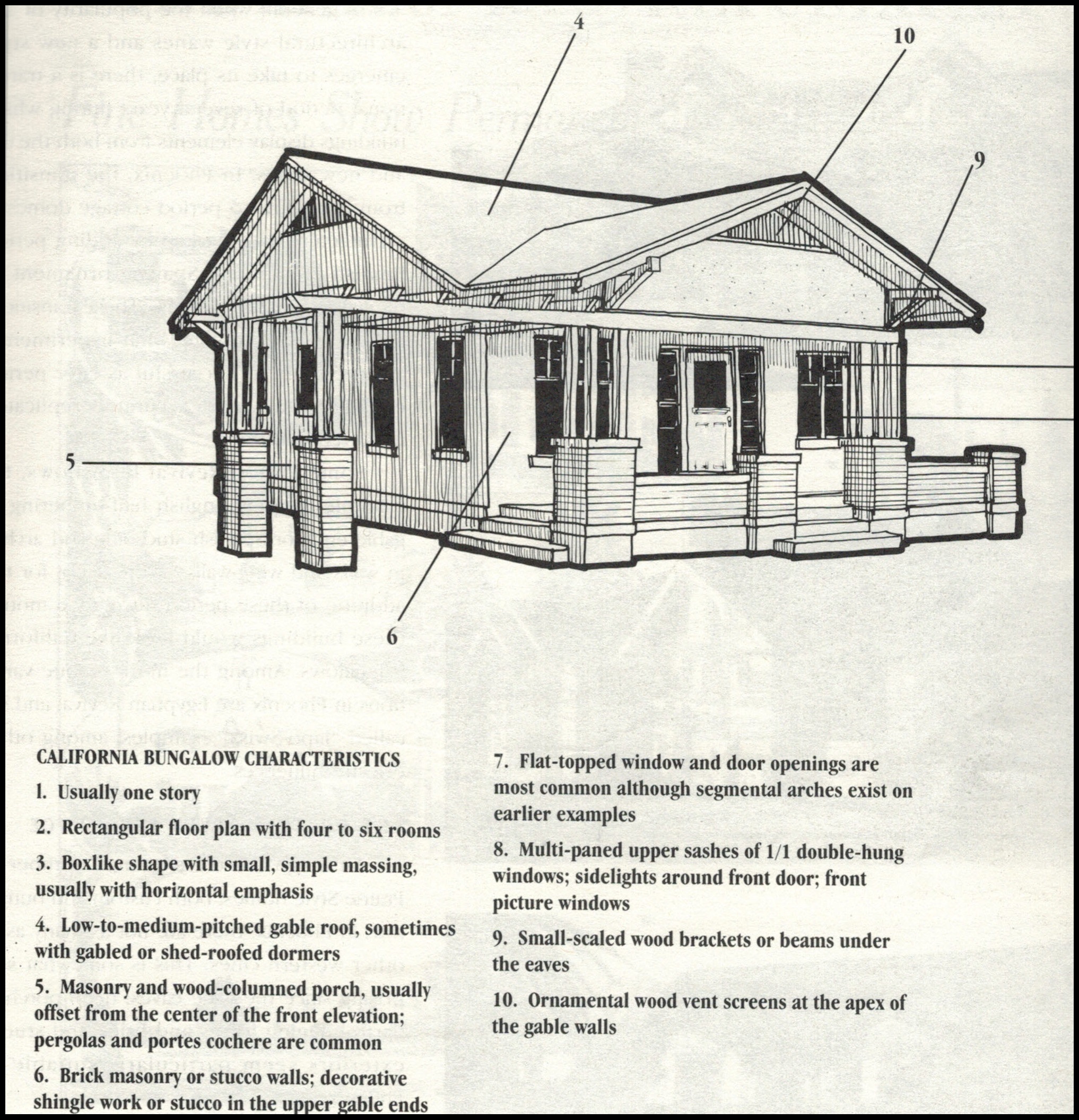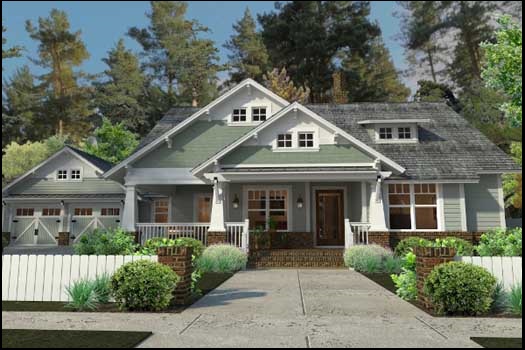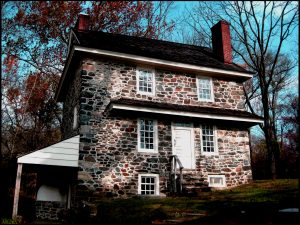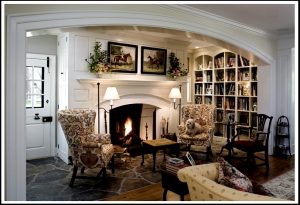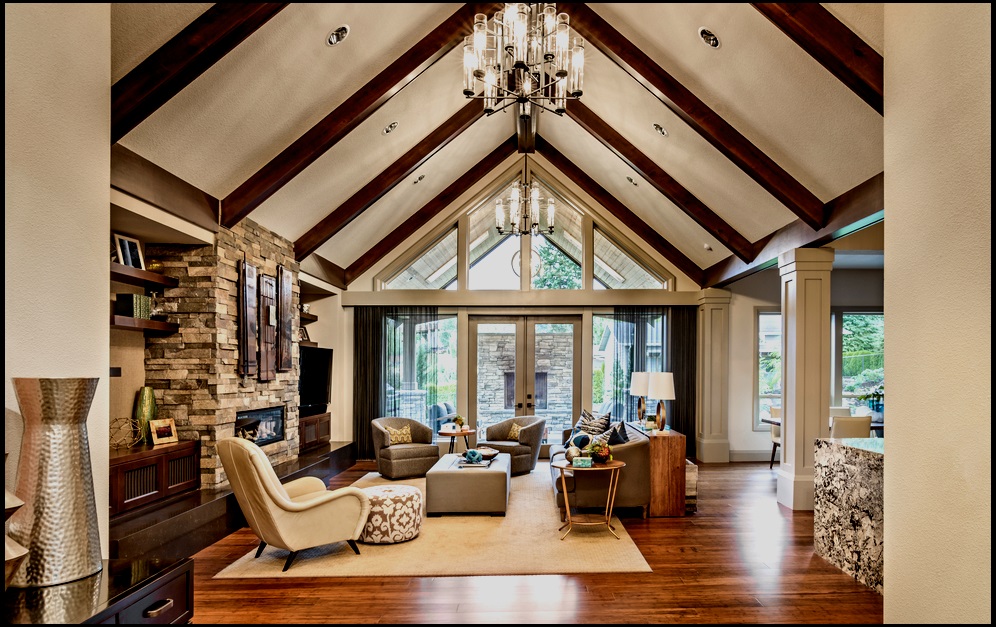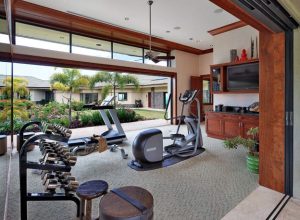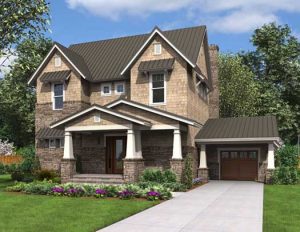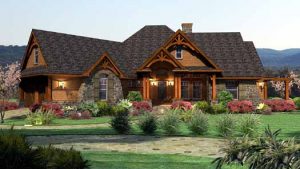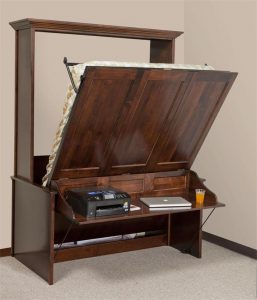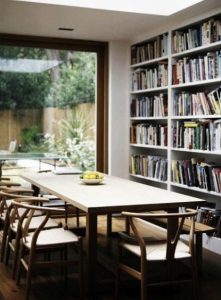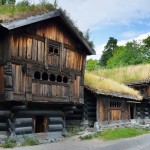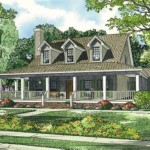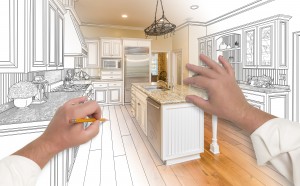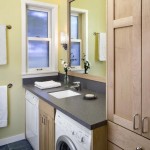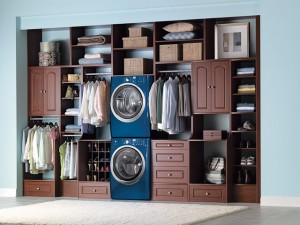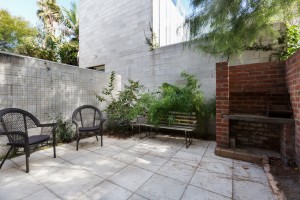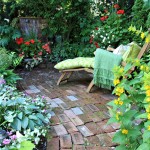
The storm season is upon us!
For those of you who welcome the return of the Storm Watching Season, you know first-hand the value of certain house plans with features that make cold weather easy to enjoy inside a safe and cozy home. Whether you live on one of the coastlines or make your home on land located somewhere in between, winter is full of dynamic and intense weather systems that move across our landscapes with startling regularity.
There are some obvious weather concerns that an architect and a builder will pay close attention to: proximity to tide-affected water, for example, or a lot in hurricane-prone areas will inform many of the structural decisions to be made when building your dream home. In fact, this is one of the major reasons families opt to build from custom house plans rather than buy a pre-built home: it is a precious opportunity to cater the needs of your family to the demands of your specific region.
But even beyond these important concerns, there are smaller details to think about that are no less important as we head into the rough weather and low temperatures of a North American winter. When searching through house plans of the various homes that catch your eye, also think about the things that help you to feel safe when some of your amenities are unavailable.
Keeping Rooms
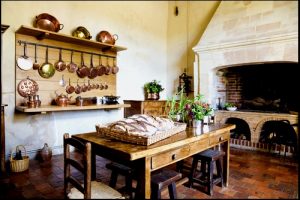
The keeping room in this house plan serves a gathering place for busy families.
Many house plans include a keeping or hearth room adjacent to the kitchen. These rooms typically have a wood burning fireplace and an open space in which your family can gather when the rest of the house is a bit chilly. These keeping or hearth rooms were a staple in early American Southern-style homes. The keeping room is an informal and cozy space; often these are rooms with few electronic devices and plenty of comfortable seating.
Outdoor Kitchens
Not just for summer bbq’s, a built-in outdoor kitchen is typically an enclosed space to keep out inclement weather and regulate temperature and ventilation while cooking. If you live in a place where electricity can go out for extended periods of time, having an alternate place to prepare meals and still be protected from the elements can make all the difference when in the midst of a storm. A non-electric grill is typically built in to these outdoor kitchens, but wood burning fireplaces are also common additions. Dress up your fireplace with a cooking grate and a roasting spit from which to hang a pot of steaming soup and you’ll hardly even notice when the lights come back on!
Walk-In / Butler’s Pantries
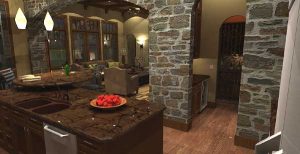
Wrought iron gates at the entry of the walk-in pantry lend an artistic flair to this breathtaking kitchen.
When the bad weather warnings come, many families feel the need to stock up on essentials. Whether you preserve a seasonal harvest or head to the local shop for canned soups and bottled water, having these necessities on hand helps everyone feel more at ease when facing a stormy season. A generous pantry provides lots of space for your supplies and makes keeping track of what’s on hand a cinch.
The ability to craft exactly what your family needs into your dream house plan is exactly why so many people are choosing to build rather than buy a pre-made house. Consider the seasonal factors in your area and include in your floor plan the features that will best serve your unique family. To get started, browse through these curated collections here:
Browse-House-Plans-With-Outdoor-Kitchens.
House-Plans-With-Keeping-Hearth-Rooms
Browse-House-Plans-With-Butler-Pantries
And follow us on Pinterest for more Curated House Plan Collections here

